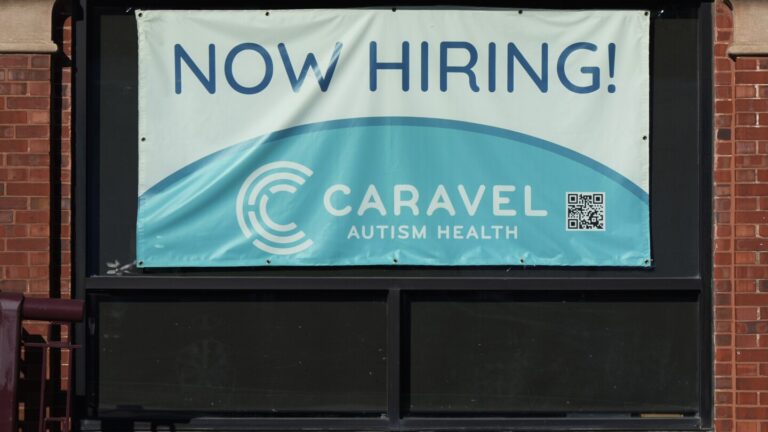U.S. Employers Added 143,000 Jobs in Solid but Unspectacular January Hiring; Jobless Rate Fell to 4%
In January 2023, the U.S. labor market exhibited steady growth as employers added 143,000 jobs, marking a solid but unspectacular month for hiring. This increase, while lower than in some previous months, indicates that the job market remains resilient. Concurrently, the unemployment rate fell to 4%, suggesting that more individuals are either finding jobs or re-entering the labor force.

Job Growth Overview
January’s job growth reflects a continuation of robust economic recovery in the aftermath of the pandemic. However, hiring numbers fell short of the 200,000 jobs some analysts had anticipated, suggesting there might be a slight cooling in the labor market. Despite this, the addition of 143,000 jobs is a positive sign amidst concerns over potential economic slowdowns and fluctuating consumer demand.
Sector-Specific Growth
The increase in employment was not uniform across all sectors. The leisure and hospitality industries led the way, contributing significantly to the total job creation. About 50,000 positions were added in this sector alone, demonstrating ongoing recovery in an industry severely impacted by the pandemic. Other notable contributors included professional services, healthcare, and manufacturing, each reflecting growth that aligns with overall economic expansion.

Unemployment Rate Insights
The decrease in the unemployment rate to 4% is particularly noteworthy. This figure ties back to pre-pandemic levels, indicating a robust recovery. It also highlights the tight labor market condition, where there are more job openings than job seekers in many sectors. As of January 2023, the labor force participation rate remained steady at 62.3%, suggesting that more people are either working or actively looking for work.
Wage Growth and Inflation
While the job gains and falling unemployment rate are encouraging, wage growth showed signs of moderation. Average hourly earnings rose by 0.3% in January, translating to a year-over-year increase of 4.5%. This trend is essential as it reflects the balance employers must strike between attracting talent and managing operational costs, especially amid inflationary pressures.

Economic Indicators
Analyzing various economic indicators reveals both opportunities and challenges. The U.S. economy has shown resilience, with GDP growth projected to stabilize. According to the Bureau of Labor Statistics, there were nearly 11 million job openings at the end of December 2022, indicating continued demand for labor despite the modest job gains in January. The challenge remains for employers to fill these positions, particularly in skilled industries where there is a reported talent shortage.
Future Outlook
Economists predict that the hiring pace may face headwinds in the coming months as interest rates rise and consumer spending potentially slows. The Federal Reserve’s policy responses to curb inflation will play a crucial role in shaping future employment trends. Industries traditionally sensitive to interest rates, such as construction and finance, may lead the charge in slower hiring rates.

Implications for Job Seekers and Employers
For job seekers, this steady job growth coupled with a low unemployment rate signifies a favorable job market. However, competition remains fierce, particularly in high-demand sectors. For employers, the challenge lies in attracting and retaining talent amid fluctuating wage expectations and potential economic shifts.
Conclusion
January 2023’s labor statistics reflect a cautiously optimistic outlook for the U.S. economy. The addition of 143,000 jobs and a decreasing unemployment rate of 4% highlights ongoing recovery in a post-pandemic landscape. While job creation is lower than the peak levels seen during the economic rebound, the consistency in growth signals a stable labor market poised for adaptation amidst changing economic circumstances. As employers and job seekers navigate these realities, the focus will inevitably shift toward embracing flexibility and innovation to thrive in the evolving economy.



